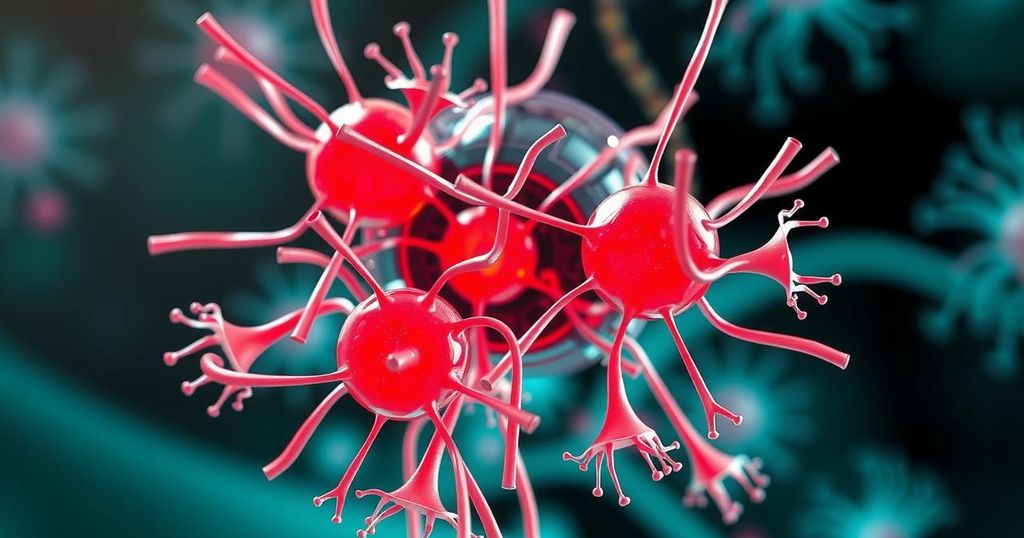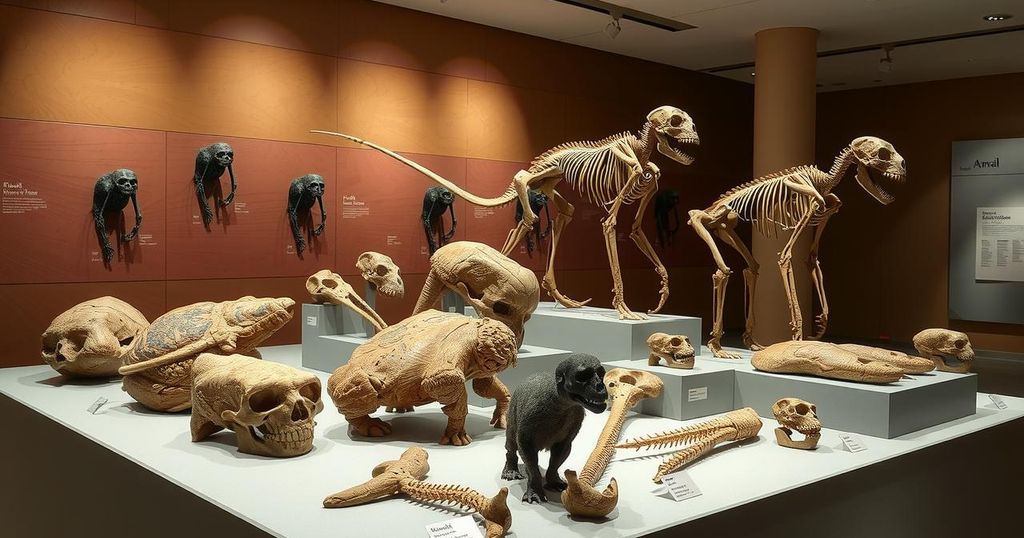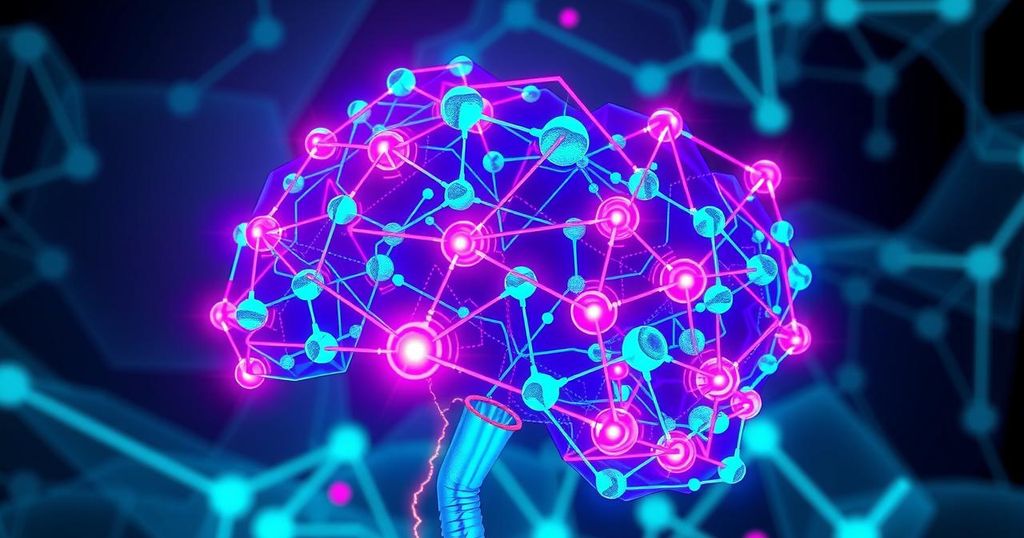Groundbreaking Discovery: The First Nitrogen-Fixing Organelle Unveiled
An international team of scientists has discovered the first nitrogen-fixing organelle, the “nitroplast,” within a eukaryotic cell, challenging the notion that only bacteria can fix nitrogen. Through decades of research, the nitroplast’s existence sheds light on evolutionary biology and offers new perspectives on nitrogen fixation, with implications for ocean ecosystems and sustainable agriculture.
In an astonishing revelation that reshapes our understanding of biology, researchers have uncovered the first known nitrogen-fixing organelle within a eukaryotic cell, termed a
“nitroplast.” This discovery challenges the long-held belief that only bacteria can extract atmospheric nitrogen, a vital nutrient for life. It emerges as the latest twist in the tale of primary endosymbiosis, a historical process where prokaryotic cells evolved into organelles within a host cell. This newfound knowledge demonstrates how UCYN-A, a mysterious cyanobacterium discovered in seawater, has co-evolved with its algal partner over time, illustrating a remarkable journey from symbiosis to organelle.
The serendipitous unearthing of the nitroplast is a culmination of decades of relentless science and exploration. Intrigued by a strange DNA sequence found in seawater, Professor Jonathan Zehr and his team embarked on an expedition that spanned years, unraveling the story of UCYN-A. Meanwhile, paleontologist Kyoko Hagino toiled through over 300 sampling trips to culture the marine alga that serves as UCYN-A’s host, ultimately bridging the two entities for scientific study.
Through meticulous research, scientists discovered the intricate link between UCYN-A and the algal host, pinpointing how their growth is controlled through nutrient exchange. This synchronization supports the claim of UCYN-A’s organelle-like nature, reminiscent of mitochondria and chloroplasts. Zehr states, “That’s exactly what happens with organelles.” Ensemble studies also confirmed that UCYN-A imports proteins from its host, indicating a deeper dependency akin to that of well-established organelles.
While organelles like mitochondria and chloroplasts arose millions of years ago, the nitroplast appears to have evolved around 100 million years ago, offering a fresh perspective on the evolution of complexity in cellular life. Beyond its biological intrigue, this discovery bears significant implications for ocean ecosystems. UCYN-A’s nitrogen-fixing capabilities play a crucial role in nurturing marine environments across the globe, further emphasizing their ecological importance.
This advancement also invites a reexamination of agricultural practices. Current nitrogen fixation methods, such as the Haber-Bosch process, contribute significantly to carbon emissions, highlighting the need for more sustainable alternatives. As Coale suggests, “This system is a new perspective on nitrogen fixation” that could inspire future innovations in crop cultivation. However, many questions about the nitroplast and its host remain, igniting a curiosity that will fuel further research in the field.
The scientific community has traditionally asserted that nitrogen-fixing capabilities were strictly the domain of bacteria, primarily because plants that can fix nitrogen rely on symbiotic relationships with such bacteria. Thus, the discovery of UCYN-A and its transition to becoming a potential organelle expands this understanding considerably. This momentous finding not only illustrates a remarkable case of co-evolution but signifies a profound leap into new biological conceptions and agricultural possibilities, challenging prior dogmas about cellular structures and their functions.
The discovery of the nitroplast as the first nitrogen-fixing organelle redefines our understanding of cellular biology, illustrating that eukaryotic cells can evolve new functionalities previously attributed solely to bacteria. This achievement is a testament to the complexity of life forms and highlights significant ecological and agricultural implications, urging scientists toward a future where natural nitrogen fixation could play a pivotal role in sustainable agriculture.
Original Source: news.ucsc.edu




Post Comment